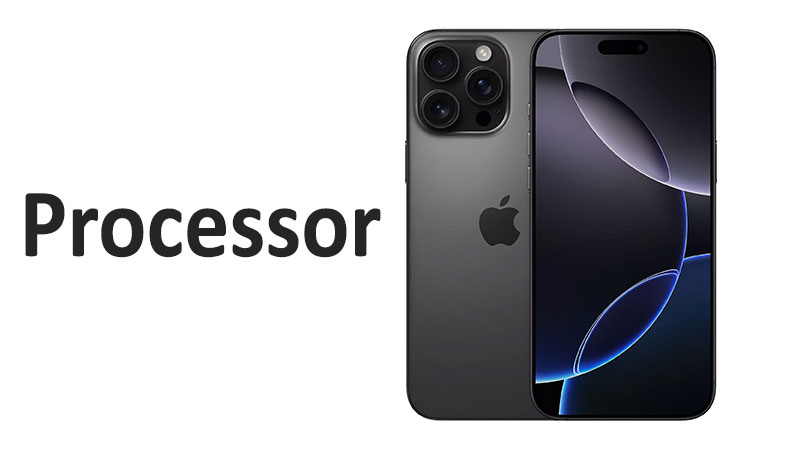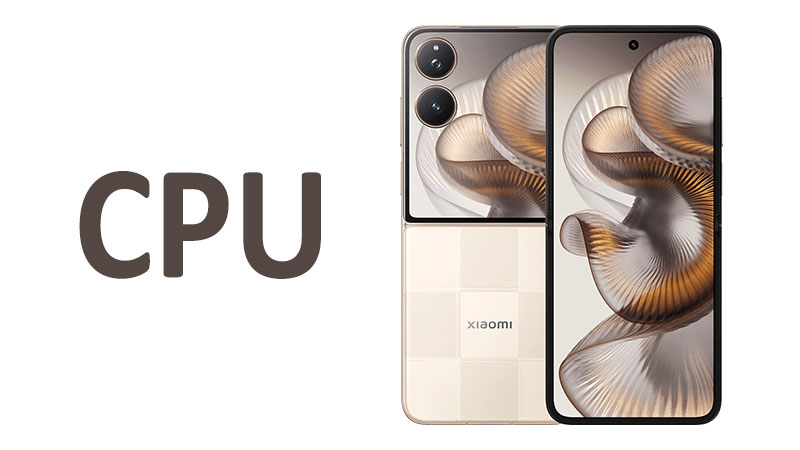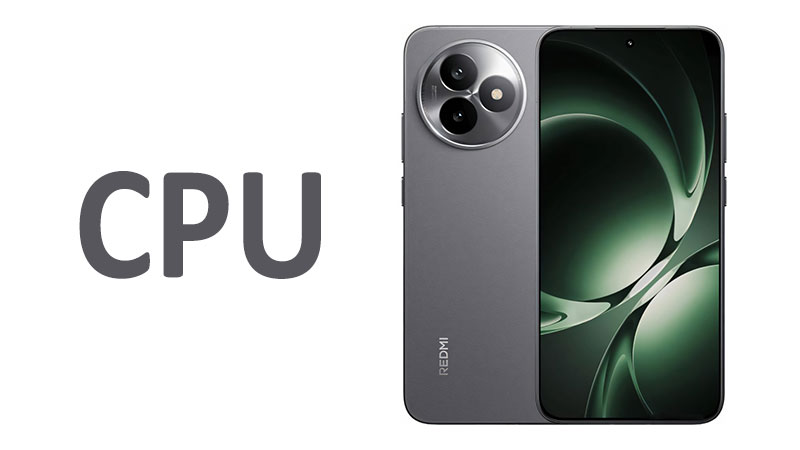The Apple iPhone 16 Pro Max is a powerhouse, and the heart of its performance is the new Apple A18 Pro processor. This article offers a comprehensive review of this powerful chip. We will explore its architecture, performance metrics, and how it stacks up against its predecessors and competitors. We’ll also help you understand what this means for your daily experience. This is a must-read for anyone considering an upgrade to this device.
Apple A18 Pro: The Chipset Breakdown
The Apple A18 Pro is an engineering marvel. It’s built on a second-generation 3-nanometer manufacturing process (N3E). This results in a chip that’s more efficient and powerful than before. The processor’s key components are:
- CPU: A Hexa-core configuration with two high-performance cores running at 4.05 GHz and four efficiency cores at 2.42 GHz.
- GPU: An Apple-designed 6-core GPU optimized for graphics-intensive tasks.
- Neural Engine: A 16-core Neural Engine designed for machine learning. This is a crucial component for the new “Apple Intelligence” features.
The A18 Pro is a significant leap forward in mobile processing. It’s not just about raw speed. It’s also about how efficiently it handles complex tasks.
Performance and Benchmarks
The A18 Pro’s performance is impressive. Benchmark scores show a noticeable improvement over the previous A17 Pro. For example, in Geekbench 6, the A18 Pro achieves a single-core score of around 3,467 and a multi-core score of 8,550. This is a solid gain over the A17 Pro’s scores of approximately 2,880 and 7,141, respectively.
In real-world use, this translates to an incredibly smooth user experience. Apps open instantly, multitasking is seamless, and demanding games run without a hitch. The new thermal design with a rearchitected aluminum substructure also helps the chip sustain peak performance for longer periods.
Specialized Comparisons: A18 Pro vs. A17 Pro and Competitors
The A18 Pro offers a solid performance bump over the A17 Pro from the iPhone 15 Pro Max. The CPU is up to 15% faster, and the GPU is up to 20% faster. This is significant for professional users who rely on their iPhone for video editing, and advanced photography.
When compared to its primary Android competitor, the Snapdragon 8 Gen 4, the A18 Pro holds its own. While Android phones are catching up in multi-core performance, the A18 Pro still holds a significant lead in single-core performance. This is important for many daily tasks and general app responsiveness. It also maintains its lead in GPU performance during sustained heavy loads.
The A18 Pro’s Neural Engine is a standout feature. It’s specifically optimized for the new Apple Intelligence features. This means on-device AI tasks, such as creating Genmoji or using the enhanced Siri, are faster and more private.
Pros and Cons of the A18 Pro
Pros:
- Industry-leading performance: The A18 Pro is one of the fastest mobile processors available today.
- Enhanced efficiency: It consumes less power while delivering more speed, leading to better battery life.
- Superior AI capabilities: The Neural Engine is built for the new era of on-device AI.
- Sustained performance: The new thermal design helps prevent throttling during long gaming sessions or video exports.
Cons:
- Incremental gain for many users: For casual users, the performance jump from an iPhone 15 Pro Max might not be immediately noticeable in daily tasks. The A17 Pro was already incredibly fast.
- Locked ecosystem: Like all Apple processors, the A18 Pro is exclusive to Apple devices. This limits choice for those who prefer Android.
Key Points for the Buyer or Reader
The iPhone 16 Pro Max processor is a key reason to consider this phone. If you are a power user who works with high-resolution video, photo editing, or plays graphics-intensive games, the A18 Pro will provide a significant and noticeable upgrade. The improved performance and sustained power will make your workflow smoother.
For users upgrading from an older iPhone (like an iPhone 13 Pro Max or older), the performance difference will be immense. You will notice a huge improvement in every aspect of the phone’s operation, from app opening times to gaming and battery life. The A18 Pro is not just a spec bump; it’s a fundamental upgrade to the entire user experience.
Conclusion
The Apple iPhone 16 Pro Max processor, the Apple A18 Pro, is a testament to Apple’s continued dominance in mobile silicon. It delivers best-in-class performance and power efficiency. While the gains over its predecessor are incremental, they are meaningful for power users and anyone looking for the most future-proof smartphone on the market.
The A18 Pro’s advanced architecture and its focus on AI processing make it a forward-thinking chip. It’s designed to power not just today’s apps but the advanced AI features of tomorrow. It’s an easy recommendation for anyone who wants the fastest, most capable iPhone ever built.
FAQ
What is the main difference between the A18 Pro and A17 Pro chips?
The A18 Pro offers a CPU that’s up to 15% faster and a GPU that’s up to 20% faster than the A17 Pro. It’s also built on a more efficient 3nm process.
Does the iPhone 16 Pro Max get better battery life because of the A18 Pro?
Yes. The A18 Pro is more power-efficient. This, combined with a larger battery in the Pro Max model, contributes to the phone’s exceptional battery life.
Is the A18 Pro required for Apple Intelligence features?
Yes, the A18 Pro’s Neural Engine is specifically optimized for Apple Intelligence. It’s what allows many of the on-device AI features to work efficiently and privately.
How does the A18 Pro’s GPU compare to Android competitors?
The A18 Pro’s 6-core GPU performs exceptionally well. It often outpaces its Android rivals in both raw performance and sustained gaming.
Is it worth upgrading to the iPhone 16 Pro Max just for the processor?
If you are a heavy user who demands the absolute best performance for things like gaming and professional apps, the A18 Pro is a compelling reason to upgrade. For a casual user, the benefits may not be as noticeable.



